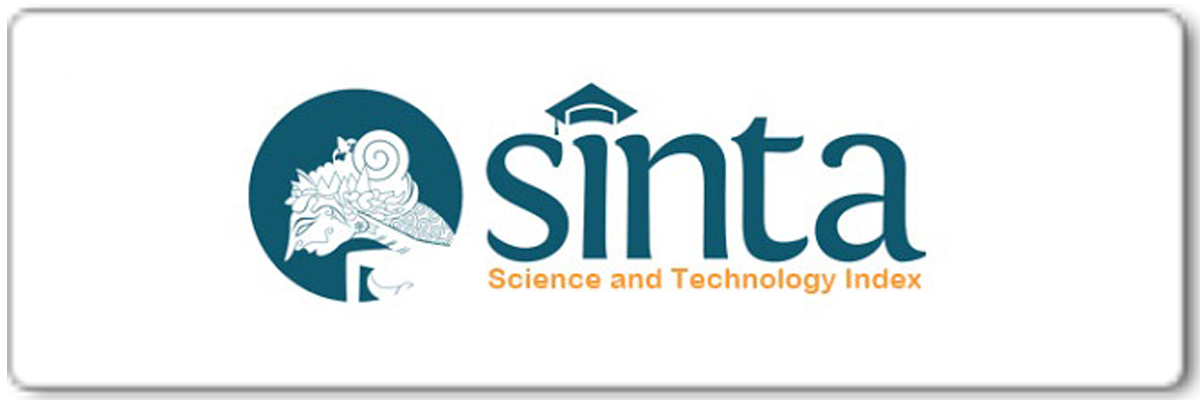The implementation of small group discussion in teaching writing recount text for the tenth grade students of SMKN 1 Bendo
Abstract
Keywords
Full Text:
PDFReferences
Barras, R. (2005). Students Must Write: A guide to better writing in coursework and examinations. New York: Routledge.
Berg, L. B. (2009). Qualitative Research Method for social sciences. United stated of America: A Person Education Company.
Boardman, C. A. (2008). Writing to communicate: Paragraph and Essays. Routledge: Pearson Longman.
Brewer, E. W. (1997). 13 Proven Ways to Get Your Message Across: The Essential Reference for Teachers, Trainers, Presenters, and Speakers. United States of America: Corwin Press Inc.
Brown, H. D. (2000). Principles of Language Learning and Teaching. San Fransisco: Addisison Longman Inc.
Edge, J. (1993). Essentials of English Language Teaching. New York: Longman.
Harmer, J. (2004). The Practice of English Teaching (3rd Edition). England: Longman.
Harmer, J. (2007). The Practice of English Language Teaching (Fourth Edition). England: person Education Limited.
Hastoyo, S. S. (2010). Improving Students’ Speaking Competence through Small Group Discussion. Solo: Thesis-Unpublished.
Kamehameha Schools. (2007). The Writing Process: An Overview of Research on Teaching Writing as a Process. Hawai’i: Research & Evaluation Departement of Kamehameha Schools.
Khotari, R.C. (2004). Research Methodology. New Delhi: New Age International.
Miles, M. B., Huberman, A. M., and Johnny, S. (2014). Qualitative Data Analysis. United States of America: Sage Publication.
Nasution, S. (2004). Metode Research. Jakarta: Bumi Aksara.
Nunan, D. (1991). Language teaching and methodology. Sidney: Prentice Hall
Peter, K & Megan, W. (2005). Genre, Text, Grammar Technologies for Teaching and Assessing Writing. Australia: University of New South Wales Press Ltd.
Raimes, A. (1983). Technique in Teaching Writing. New York: Oxford University Press.
Reineke, M. J. Summary of Citing Internet Sites. In-Class Discussion, (Online) (http://www.uni.edu/reineke/guidelin.htm, accessed 8 June 2016, at 05.32 WIB).
Richards C, J. & Schmidt, R. (2010). Longman Dictionary of Language Teaching and Applied Linguistics. Edinburg Gate: Pearson Education Limited.
Saragih, N., Silalahi, R., & Pardede, H. (2014). The Effectiveness of Using Recount Text to Improve Writing Skill For Grade III Students of Kalam Kudus Elementary School 2 Pematangsiantar. IOSR Journal Of Humanities And Social Science (IOSR-JHSS) Volume 19, Issue 1, Ver. XII (Feb. 2014), PP 56-64.
Slavin, R. E. (2006). Educaitonal psychology: Theory and Practice. United States of America: Pearson Education Inc.
Sugiyono, S. (2014). Memahami Penelitian Kualitatif. Bandung: Alfabeta.
Sulistyawati, A. E. (2012). The use of cooperative learning in small group discussion in genre-based reading class. Thesis. Post Graduate Program Diponegoro University Semarang (Accessed on 25 March 2016 at 10.35 a.m.)
Ur, P. (1996). A course in Language Teaching: Practice and Theory. Cambridge: Cambridge University Press.
Wahyuni, S. (2015). Qualitative Research Method: Theory and Practice. Jakarta: Salemba Empat.
Yin, R. K. (2011). Qualitative Research from Start to Finish. New York: The Guildford Press.
Article Metrics
Abstract has been read : 2301 timesPDF file viewed/downloaded: 0 times
DOI: http://doi.org/10.25273/etj.v7i1.4546
Refbacks
- There are currently no refbacks.
Copyright (c) 2019 English Teaching Journal : A Journal of English Literature, Language and Education
English Teaching Journal: A Journal of English Literature, Language and Education indexed by:
This work is licensed under a Creative Commons Attribution-NonCommercial-ShareAlike 4.0 International License.







